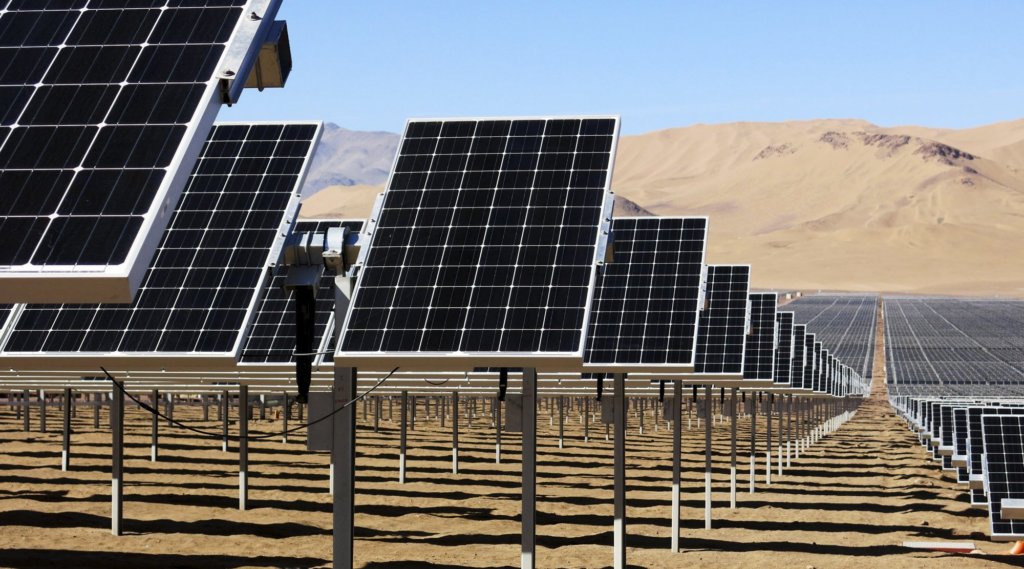
The topic for the development of a Renewable energy project (REP) becomes more and more relevant considering the energy crisis related to the worsening of the energy supply and price shocks due to the. geopolitical reasons in the region. The need of accelerating the deployment of new renewable energy across the EU has spurred the European Commission to take further actions by proposing a new, temporary and targeted measures in this regard.
But the main question remains: What are the main milestones when developing renewable energy project? This article aims to give you brief summary on the main milestones when developing REP in Bulgaria.
Generally, the main topics when developing a REP are:
- Finding the right plots;
- Feasibility study of the site;
- Land rights over the plots;
- Zoning;
- Environmental procedures;
- Grid connection;
- Building permits;
The first milestone is finding the right plot/s, which depends on the technology of the power plant that you want to use: solar or wind.
- To install wind power turbines, you should consider factors such as wind speed information, elevation, slope, highways and railways, built up area, forest zone and scenic area.
- In case of solar power plant, is recommended to consider land that is both flat and clear, with minimal wetlands and as close as possible to the transmission substation of the transmission system operator (TSO). For solar power plant with installed capacity 1 MW are needed approximately 10 acres.
The second step, namely the feasibility study of the site includes a thorough checks for any technical infrastructure, such as:
- Energy facilities (underground and overhead cables; gas transmission pipelines, etc.);
- Pipelines;
- Linear physical infrastructure for the deployment of electronic communications networks;
- Roads;
- Water bodies & sanitary protection zone;
- Immovable cultural heritage – if any, there may be further compliance procedures to be performed (e.g. field survey; approval of the DSP by the competent cultural authorities, etc.);
- Railway line or
- Construction line limitations determined in the zoning plan
The presence of technical infrastructure leads to zoning limitations such as easement strips or restrictive building lines, as the case may be.
The next issue to consider is the land rights over the plot/s, which depends mainly on the ownership of the plot concerned:
- In case of private ownership, which means that the land plot/s is/are owned by natural person or private entity. In this situation the best thing to do is to acquire the ownership over the plots most often through SPV (legal entity created for the purposes of development of the project).
- If the land plot/s is/are owned by the Municipality, which is the most often case due to the fact that in most cases the plots are large-area agricultural lands – farmlands or pastures. In this case, the Energy Act envisages procedure for establishment of superficies right in case of construction of energy facilities without the need of tender or competition procedures. The steps to be taken are as follows:
- Submitting investment proposal before the Municipality concerned;
- Resolution of the Municipality Council granting preliminary consent for establishment of superficies right, change of the designation of the agricultural land and preparation of detailed spatial plan (DSP);
- Resolution on site approval by the agricultural land commission (optional, in case there is no General spatial plan (GSP) adopted for the Municipality within which the land plots are located[1])
- Preparation and adoption of DSP (zoning);
- Resolution by the Municipality Council for establishment of superficies right & signing of a superficies agreement between the investor and the Municipality;
- Change of the designation of the agricultural land for non-agricultural needs.
The zoning procedure and the procedure for change of the designation of the agricultural land for non-agricultural needs are mandatory if you want to build a power plant within agricultural land.
Please note that if there is no GSP or the GSP in force does not envisage the land plot/s in ‘mainly production area’, a further procedure for change of the GSP shall be initiated.
[1] The GSP should envisage the land plot/s concerned in ‘mainly production area’
